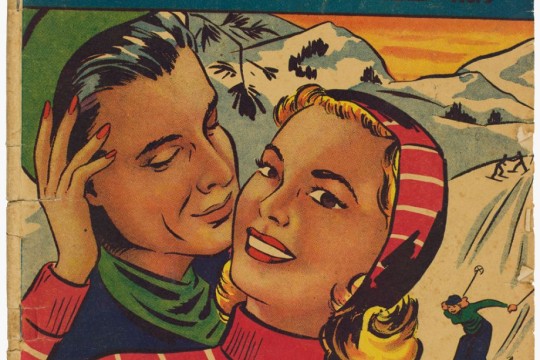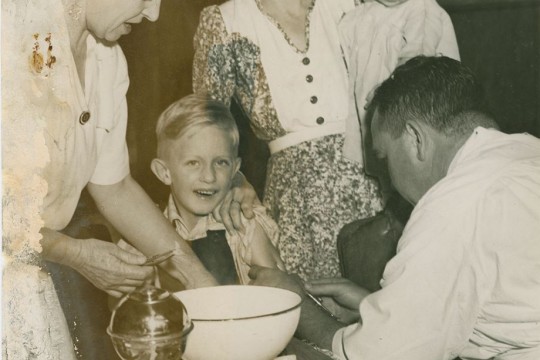Freedom Then, Freedom Now

PAST EXHIBITION
Freedom Then, Freedom Now
- Home
- Freedom Then, Freedom Now
/
5 May 2017 – 19 November 2017
About the exhibition
Freedom takes many forms. Some countries cannot guarantee freedom from hunger, while arbitrary detention, religious and racial discrimination are practised throughout the world, sometimes even mandated by governments. For example, many Aboriginal residents were forcibly removed to missions from the 1890s to 1960s. Even when they were granted permission to leave, a government agency could still decide who they could and couldn’t associate with.
Queensland was the last Australian state to grant its Indigenous population the right to vote in 1965, three years after they were given the right to vote in federal elections.
As Australia’s second largest state, Queensland has a complex history. Once heavily reliant on agriculture and mining, the state’s economy now also relies on tourism and other service industries. The rise of Queensland as the winter escape for ‘southerners’ has had a significant influence on Queensland as the home of the bikini and a place to party, especially on the Gold Coast, today the largest site of Schoolies Week celebrations.
The exercise of freedom depends on many factors including your income, age, gender and where you live. Working class families in the 1950s could afford a block of land and become owner builders. Today few low income earners can save the deposit to buy a house. Wealthier people are free to choose where they live and where they travel. The motor car and the aeroplane promises freedom of movement, but only if you can afford it. And if you get caught in the traffic jams endemic of south-east Queensland, you are not always free to move.
Some freedoms, including freedom from the spread of disease, require, with vaccination, the restriction of individual freedom for the greater good. Others freedoms, including gambling and drinking alcohol, are a perfect example of the ‘double edge sword’ conundrum: excess in either can damage more than the individual, just as passive smoking endangers us all.
This exhibition explores freedom in Queensland, concentrating on life since the Second World War through eight themes:







